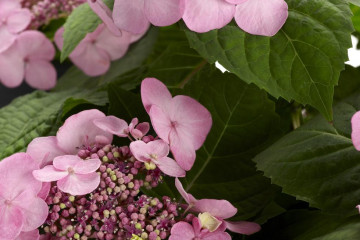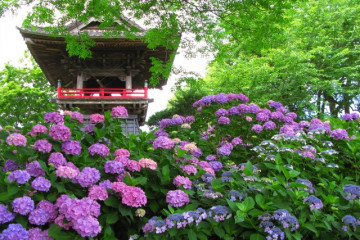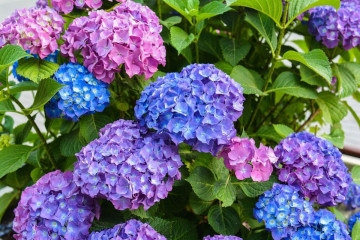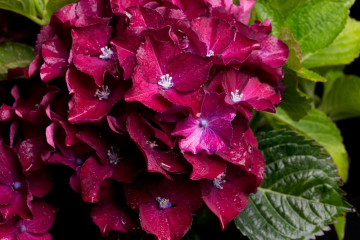Brunner large-leaved
Content:
The large-leaved brunner plant in nature can be seen only in the Caucasus. And as a decorative culture for the garden, it has been cultivated since the 19th century in many regions of the country. Most often used to create curbs or in group plantings. Many varieties have been developed that are valued for their brightly colored heart-shaped leaves.
Brunner Large-leaved (Brunnera Macrophylla) - forget-me-not
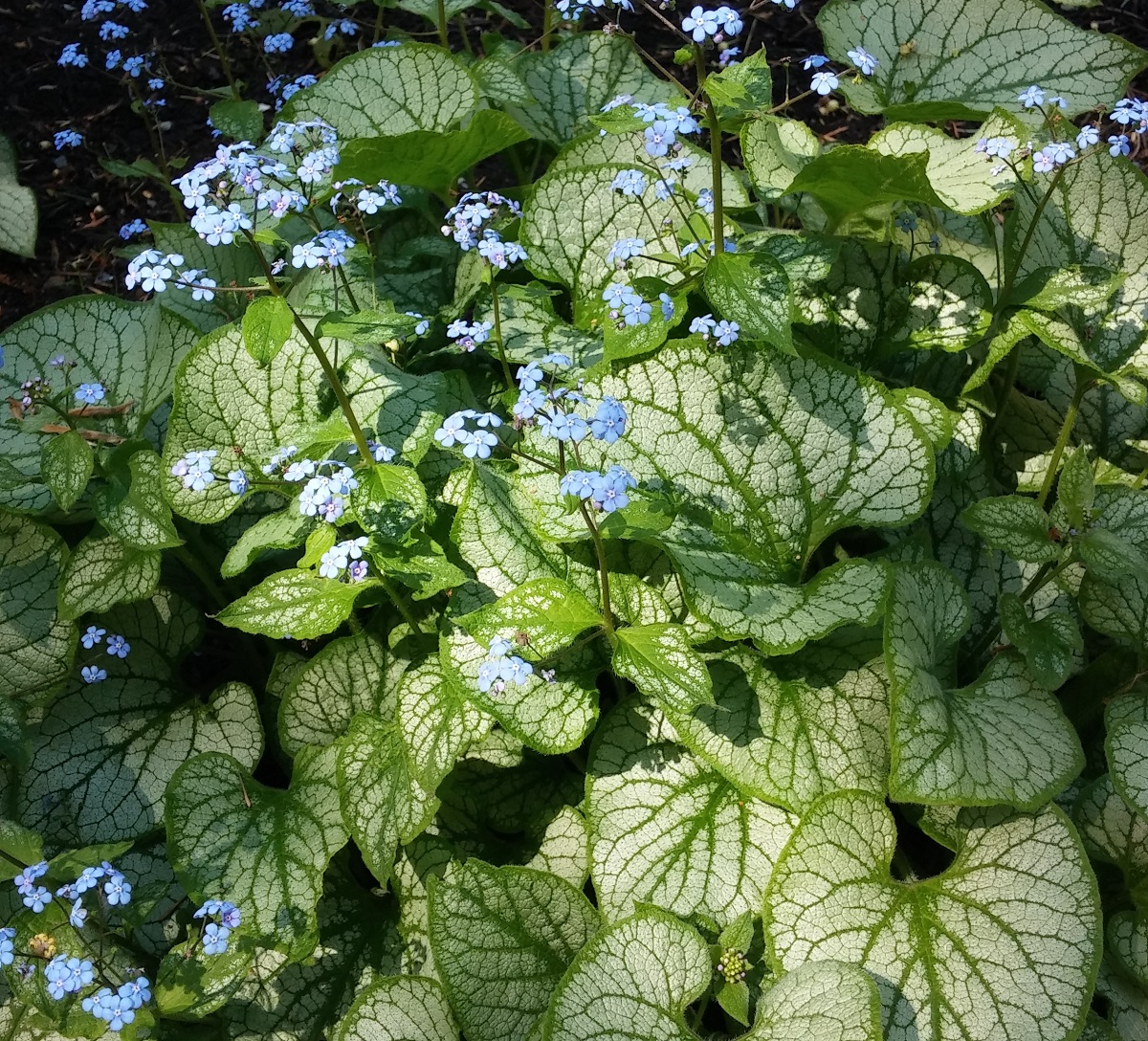
In German, culture is called “Caucasian forget-me-not”.
Brunner large-leaved, or Brunnera macrophylla, belongs to the genus Brunnera, the Buranchikov family, or in Latin Boraginaceae. To the same genus belongs another species of Siberian brunner found in the country. These are herbaceous rhizome perennials.
Another name for Brunnera macrophylla is a forget-me-not flower. His plant received for the similarity of flowers of a pale blue shade with forget-me-nots. True, brunners with forget-me-not bloom at different times.
The origin and appearance of the Brunner
The generic name Brunnera was given to the plant in the 19th century in honor of Samuel Brunner, a physician, traveler and naturalist from Switzerland. He traveled to different regions of the globe and wrote books in which he shared his observations, including the flora of certain territories. And the specific name macrophylla in translation from Greek means "large leaf" and reflects the size of the leaf blades.
- The forget-plant is a perennial herb that grows up to 50 cm in height.
- Branched, pubescent shoots extend from a long and thick rhizome.
- Leaves are few, large, broad-heart-shaped, sitting on long petioles. They have sharp tops, dark green on top and grayish on the bottom. Their length reaches 25 cm.
- Brunner's rhizome of the forget-me-not is thin, no more than 1 cm in thickness. It has a black-brown color and is located horizontally under the surface of the ground. Many adventitious filamentous roots that extract nutrients depart from it.
The plant is widespread in the western regions of the Ciscaucasia and Transcaucasia, as well as in the Kakheti region. It prefers subalpine meadows and shady forests.
Description of the Brunner flower

One of the popular varieties is Alexander Great.
The flowers of the large-leaved brunner are small, dark blue. Their diameter does not exceed 7–10 mm. Outwardly, they resemble the more common forget-me-nots, but they have a noticeable distinctive feature. The spot located inside the flower is not yellow, but white.
Flowers are collected in panicle inflorescences. They begin to bloom in April or early May. Flowering lasts about a month, sometimes repeating in autumn, if weather conditions permit. Small, black seeds ripen in June-July.
Types and varieties of brunner
There are many garden species and varieties of Brunner. Bred by breeders, they are prized for the variegated ornamental foliage that adorns garden beds before and after the flowering period.
Brunner Siberian (Brunnera Sibirica)
This type of brunner grows on the territory of Eastern and Western Siberia. Forms large, spreading bushes up to 40 cm high. Their peduncles rise 50-60 cm above the ground.
Plants are distinguished by a strong, branched root system. Growing widely, it creates such a dense carpet at the very surface of the soil that weeds cannot germinate through it.
Florists appreciate the culture for its beautiful shape and juicy shades of foliage, as well as delicate inflorescences that adorn flower beds for more than a month. After the flowering period is over, the leaf plates and inflorescences dry out. By the end of summer, young foliage appears.
The culture feels most comfortable in shady, moist areas with clay soil.
Brunner's Variegated, or Variegated
Variegated forget-me-not plants are distinguished by an unusual, variegated color of leaves. They are decorated with an original cream or white border. Brunner's flower is recommended to be grown in shaded areas, since the pattern on the leaf plates fades in the sun.
The longer the rays are exposed, the lighter the shade becomes. In such conditions, variegated brunners can shed their foliage.
Brunner Jack Frost
Jack Frost is a popular variety among florists. Its distinctive feature is a beautiful silvery color of the leaves with greenish veins and edges. The leaf plates look from a distance as if covered with frost.
The peculiarities of the appearance of shrubs reflects their name. The word "frost" in translation means "frost". The variety is hygrophilous. It is recommended to plant it where moisture often accumulates.
Brunner Large-flowered
The plant has pubescent stems and heart-shaped leaf plates. Brunner's flowers are apical, up to 7 mm in size. The Caucasus is considered the homeland.
Brunera - planting and care in the open field
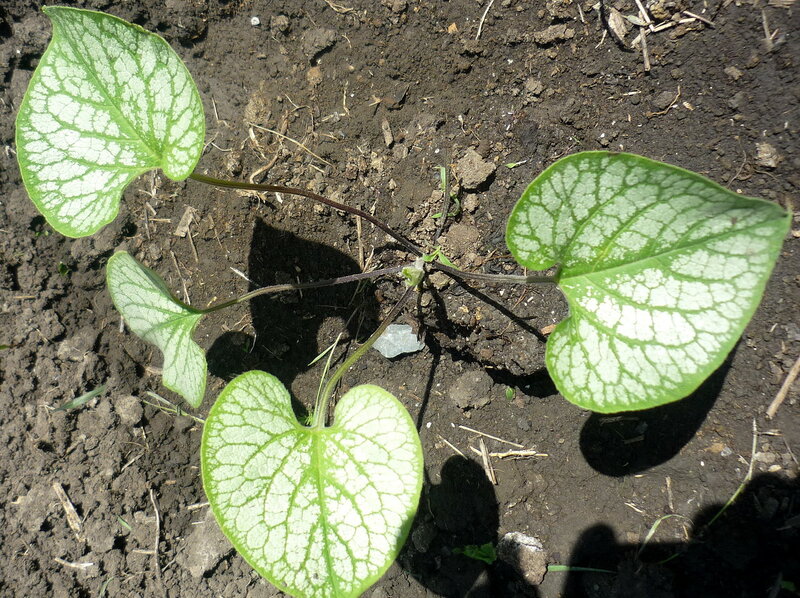
When planting in the spring, there is a high probability of infection of the shrub.
Forget-me-not is an unpretentious plant. It can grow for over 10 years in a permanent place. It is recommended to plant it in the middle of summer, or at the beginning of August. If there is a need to transplant a large-leaved brunner after wintering, then this can be done with a large earthen clod, in the morning or evening hours.
The main condition for planting a forget-me-not is the correct choice of site. The culture grows well and develops on fertile, loose soils.
Choosing the best place
In its natural habitat, Brunner prefers places protected from direct sunlight. They can cause the death of the flower. In the garden, he should be given a shaded place. It is good if there is a reservoir nearby. At the same time, excessive shade also negatively affects the development of the shrub.
Step-by-step planting process
When planting, the Brunner is often separated. This is done as follows:
- After flowering, all shoots are cut, leaving a length of about 10 cm.
- The shrub is dug up.
- The rhizome is cleaned, washed off.
- Divided into parts.
- They are planted in pre-prepared holes so that the root collar is at the level of the soil surface, then sprinkled.
- Watering.
Florists note how unpretentious Brunner is, planting and caring for her requires minimal effort. The culture is unpretentious in care and winter hardy. She feels uncomfortable during periods of drought and heat. Overgrown plantings form spectacular thickets. Taking care of them is not difficult. Novice growers can cope with this task.
Watering mode
Shrubs growing in the shade and partial shade do not require frequent watering. It is enough to moisturize them several times during the growing season.To reduce moisture evaporation, experienced gardeners advise to mulch the soil regularly.
Top dressing
If the plant is planted in a suitable soil for it, then it does not need feeding at all. Only those specimens that grow on poor or depleted soils require additional nutrient input. To do this, you need to use complex formulations. Moreover, their concentration should be half that recommended by the instructions.
Fertilizers should be applied 2 times per season, during the summer. An excess of mineral components in the soil should be avoided, this impairs the decorative qualities of the foliage, it becomes covered with rust-colored spots.
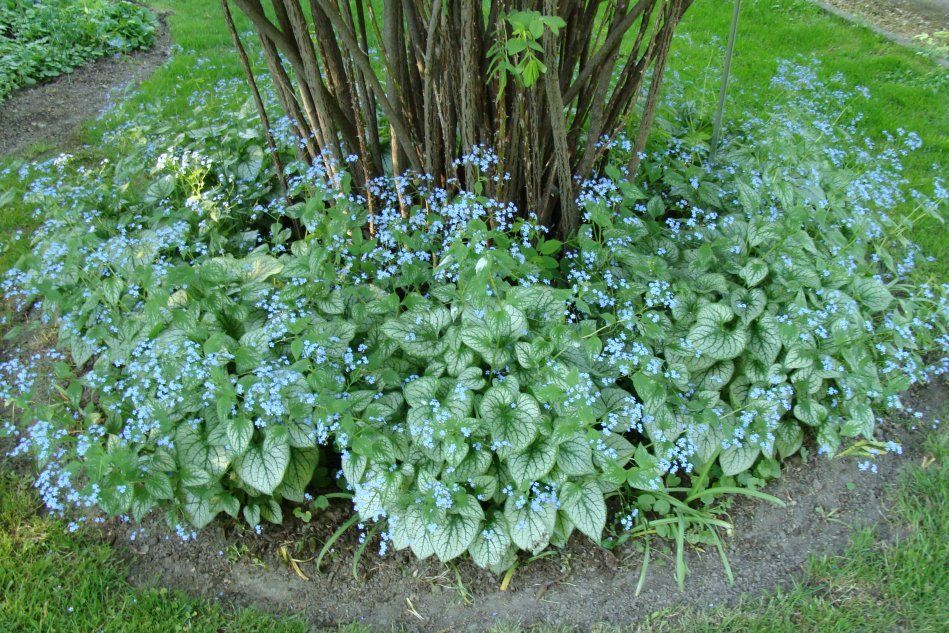
Dried stems and shoots must be plucked.
Features of care during flowering
Care for the forget-me-not during flowering is minimal. His planting must be weeded. The shrub grows slowly, not covering a large area. The soil should be loosened with care, since the root system of the large-leaved Brunner is shallow, at the very surface of the soil and it can be damaged.
Features of care during the rest period
When the plants have faded, dried shoots and peduncles are removed. After a hot, dry summer, the soil is mulched with sawdust.
Preparing for winter
Brunner large-leaved - cold-resistant plant. It tolerates temperatures as low as -30 ° C. Its foliage does not die off on its own before the onset of winter, so all shoots are cut off in the fall, leaving hemp up to 15 cm high. Then mulch is added - peat, compost or humus. The forget-me-not does not require additional shelters. In the spring, the soil is carefully loosened.
With the onset of warmth, the plant quickly releases young foliage. It can freeze slightly during the frost period, but it quickly recovers.
Breeding brunner
You can propagate a forget-me-not flower in different ways:
- seed;
- dividing the bush.
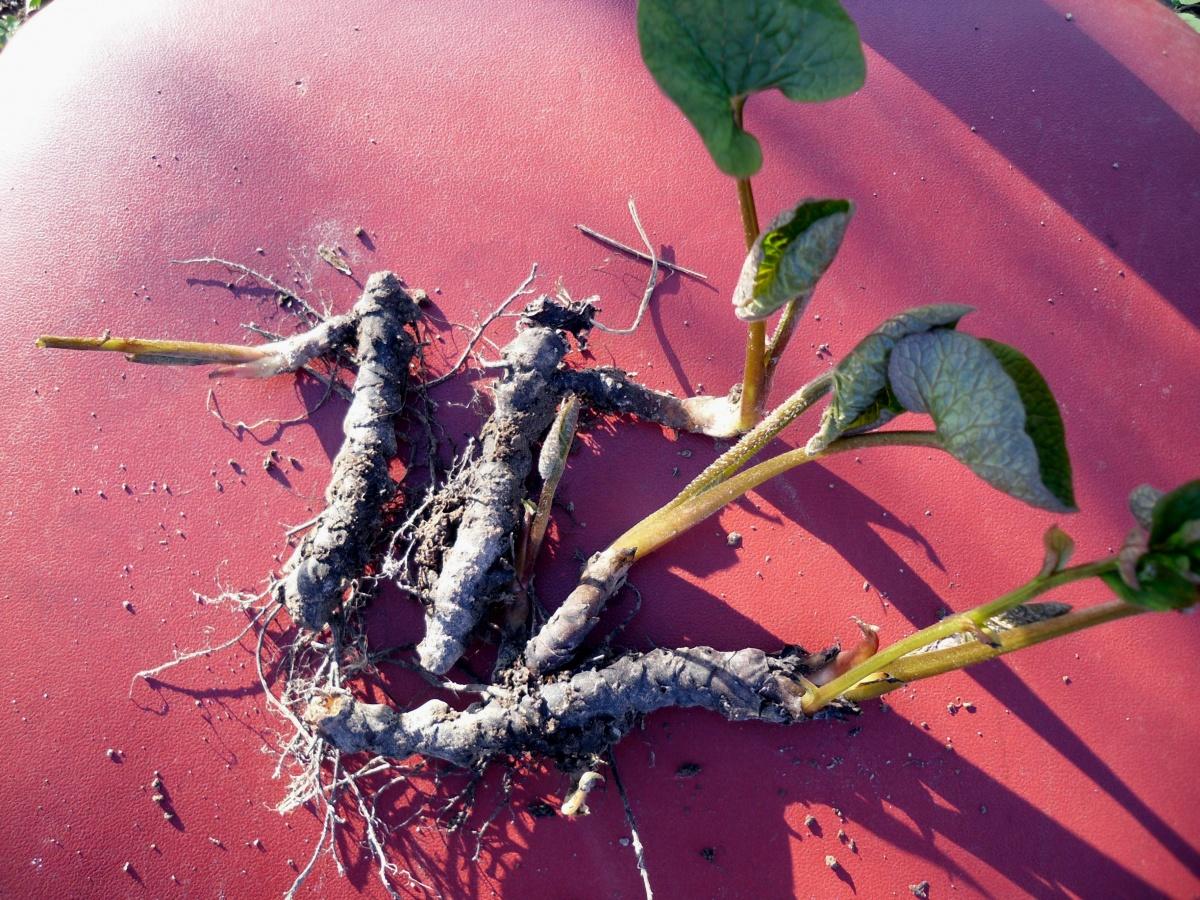
When propagating to seeds, varietal traits are often not transmitted.
Reproduction by dividing the bush
The procedure is usually combined with a transplant. The plants are dug up, the root system is cleaned from the earth and divided into several parts. The resulting delenki are placed in the wells, added dropwise and watered.
Growing from seeds
Collecting the seeds of the forget-me-not is not an easy task, as the fruits often do not have time to ripen. Florists prefer to purchase seed in specialized stores.
The best time to plant seeds outdoors is autumn. If sowing is planned for the spring, then the seeds are stratified in a cold place throughout the winter.
Flowers that look like forget-me-not with large leaves can be used to decorate alpine slides and form paths in the garden, create original multi-tiered flower beds. Ferns, hostas and low-growing conifers, as well as flowering plants: hydrangeas, hyacinths, primroses, become good neighbors for her.
